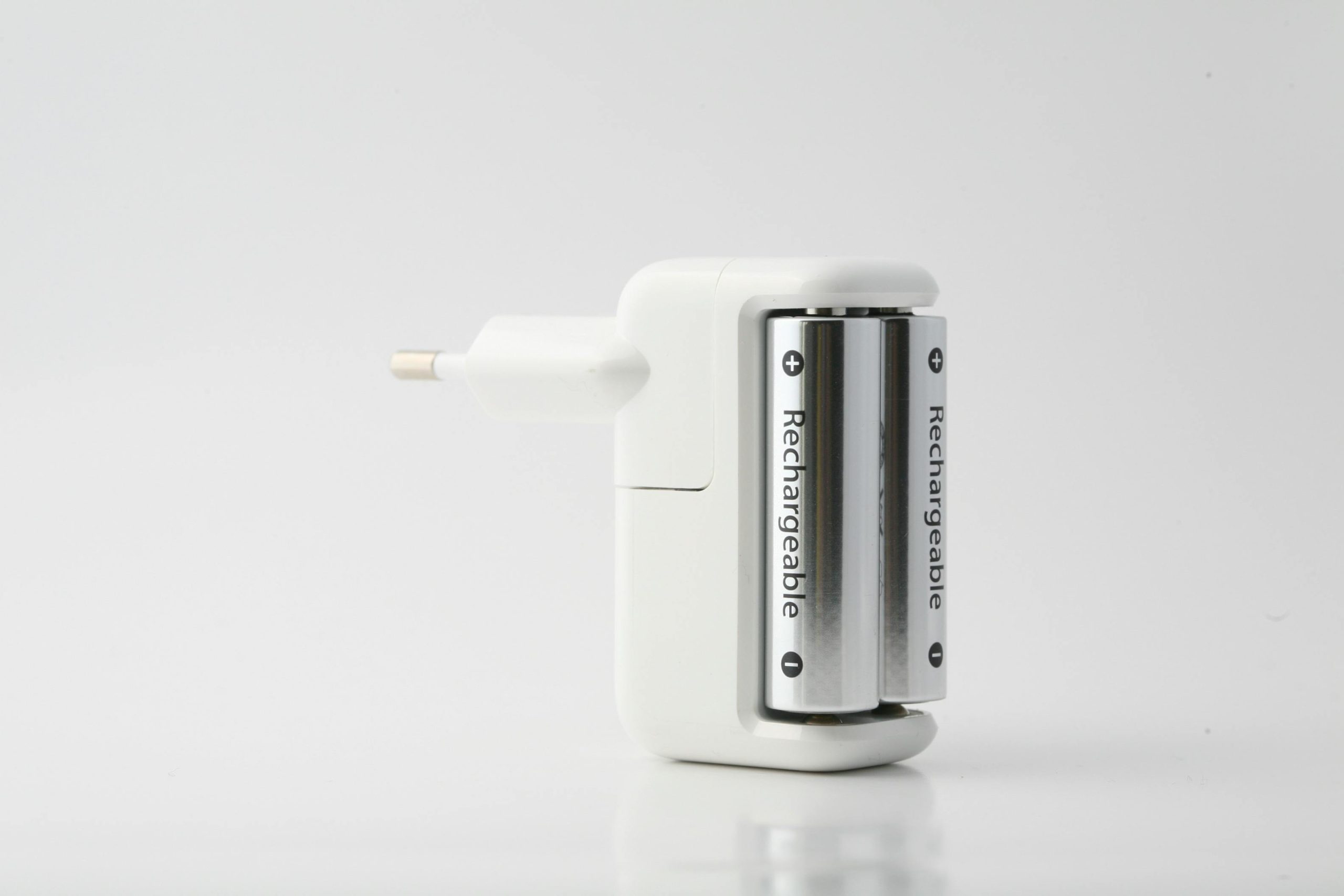Diagnosing Anomalous Battery and Sensor Readings on ASUS TUF506IU Laptop
Introduction
Encountering unexpected hardware and sensor anomalies can be a significant challenge for users and technicians alike. Recently, an ASUS TUF506IU owner experienced perplexing readings from the BIOS, notably an inaccurate battery charge percentage and erratic sensor data. This article explores the journey of troubleshooting these issues, potential causes, and recommended solutions.
Background of the Issue
The user initially attempted a repair involving a battery replacement on their ASUS TUF506IU. During the process, the embedded Controller (EC) chip was inadvertently damaged by a short circuit on the +3V line, leading to further complications. Despite replacing the affected EC chip, the system exhibited abnormal behavior:
- BIOS reported the battery as having 255% capacity, even with no battery connected.
- CPU temperature readings were vastly inflated (165°C vs. an estimated 60°C by touch).
- Fan RPM was displayed as abnormally low (around 32 RPM), with inconsistent audible feedback.
- The system boots but experiences performance degradation, keyboard malfunction, and inability to load operating systems after BIOS and driver updates.
Troubleshooting Steps Taken
- Hardware Inspection and Repairs:
- Identified and replaced a faulty KB1 IC responsible for a short circuit.
-
Replaced the EC chip twice, confirming that the issue persisted.
-
BIOS and Firmware Updates:
- Updated to the latest BIOS version (320).
-
Attempted to re-flash BIOS via EZ Flash, which was impeded by inconsistent battery readings.
-
Hardware Removal and Testing:
- Removed the external battery to verify if readings persisted, which they did.
- Disconnected internal components to isolate the fault.
Findings and Analysis
-
BIOS Reports:
The capacity at 255% indicates a possible sensor glitch, potentially caused by the EC chip malfunction. It suggests that sensor data is being misinterpreted or corrupted. -
Sensor Data Anomalies:
The CPU temperature and fan speed inconsistencies hint at faulty sensor readings or communication issues between the EC and system firmware. -
EC Chip Functionality:
The EC is responsible for managing system sensors; its unreliable behavior suggests it might not be properly programming itself or is otherwise compromised. -
Software vs. Hardware:
Despite attempting software updates and driver reinstalls, the hardware abnormalities persisted. The inability to load OS after BIOS updates further indicates underlying hardware issues.
Potential
Share this content:

